What is Cradle Cap?
Cradle cap is a form of seborrheic dermatitis that affects around 50% of infants. It most often occurs in babies under six months old but can also affect children up to two years old.
It is characterized by thick, yellowish crusts on the scalp, eyebrows, and eyelids. The crusts are often greasy and have a cheese-like appearance. Cradle cap is not contagious and usually clears up within three to six months without treatment. However, it can be very frustrating for parents and children alike if it causes discomfort.
The itchy, scaly, and crusty rash on the scalp is caused by the buildup of sebum (oil) and skin cells on the scalp. Although it is not dangerous, it can cause discomfort and be unsightly. In this article, we will do a deep dive into treating and preventing cradle cap.
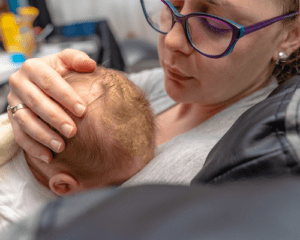
How to Treat Cradle Cap
The best way to treat cradle cap is to let it go away on its own or to use natural topical treatments. These are available as ointments, creams, lotions, gels, and sprays. The topical treatments contain nourishing ingredients that are applied directly to the skin.
Medical topical treatments may contain a steroid or vitamin D analog, which reduces inflammation and slows down the growth of skin cells. These types of treatments can cause side effects or withdrawal in rare cases or if used incorrectly. Always speak to a medical professional before using any medicated treatment to ensure you are using it correctly.
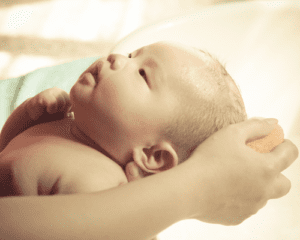
How to Treat Cradle Cap Naturally? There are many safe treatments for cradle cap, but you should speak to your pediatrician before trying any of them. The most common treatment for cradle cap is:
- Applying Multi-Purpose Ointment to the baby’s scalp, then comb it out with a fine-toothed comb
- Olive oil mixed with an equal amount of water
- Mixing breast milk with olive oil
- Coconut oil
- Almond oil
- Using a baby-safe topical shampoo
- Cutting the hair close to the scalp
- Using apple cider vinegar
- Gently massaging with a soft cloth
- There are also many different store-bought products that can help with cradle cap
Gently massage these products into the scalp to help loosen up the crusts and make them easier to remove.
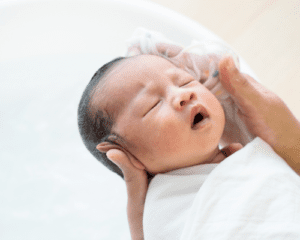
Symptoms of Cradle Cap
Cradle cap is a harmless, common condition that is not usually serious. It occurs in about one-third of babies and early infancy, and it often starts to go away by the time they reach 6 months old.
The primary symptom of cradle cap is the build-up of thick, yellowish crusts on the scalp, which can look like dandruff. Cradle cap is often mistaken for dandruff or psoriasis because it shares some similar symptoms with those conditions.
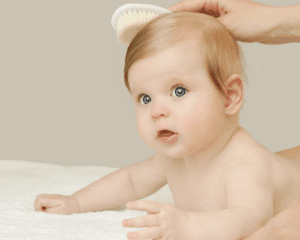
Some people may experience itching or tenderness in their scalp. The best way to tell if you or your child have cradle cap is to take a look at the scalp and see if you notice any patches of white flaky skin that are thicker than normal hair strands.
The symptoms of cradle cap are often worse in infants who are not yet fully mobile because they tend to rub their heads against things. Some of those symptoms include:
- Dry skin
- Inflammation of the scalp
- Yellowish crusts on the scalp, eyebrows, and eyelids.
- Dry skin flakes that are yellowish or brown in color
Possible Causes of Cradle Cap
The cause of cradle cap is not fully understood but may be related to hormones (such as maternal hormones), genetics (such as genes associated with skin cells), or yeast infection (such as candida). Cradle cap can be found in infants and children.
Some parents believe that cradle cap may be caused by a baby’s diet, but no evidence supports this. The condition usually clears up on its own within weeks or months as the baby’s skin matures. Some other debated causes include:
- Allergies to certain foods like dairy products
- Environmental factors such as low humidity
- Too much sugar
- Drinking unfiltered tap water
- Not washing your hair often enough
- Using hair care products with heavy fragrance
- Not using silk or wool clothing
- Using a lot of perfume
- Other scented products
- Improper hair care and styling practices
- Sun exposure
- Swimming in chlorinated water
- Being born prematurely
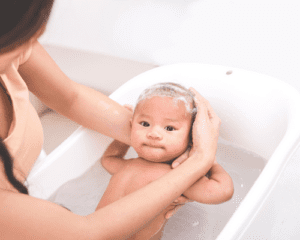
How to Prevent Cradle Cap?
Cradle cap is a type of skin condition that affects babies. It’s caused by an overgrowth of yeast on the scalp. The best way to prevent cradle cap is by washing your baby’s hair regularly with a mild shampoo, like baby shampoo. You can also use olive oil, coconut oil or almond oil to massage your baby’s scalp and keep it clean.
There are a few ways to prevent future outbreaks of cradle cap in babies. These include:
- Keeping the baby’s head clean by washing it with soap and water
- Gently rubbing off any crusty scales with your fingers or soft cloth
- Applying petroleum jelly or a healthier alternative ointment to the affected area (we love the organic Calming Ointment!)
- Using a humidifier in your child’s room at night time if it’s dry in their room.
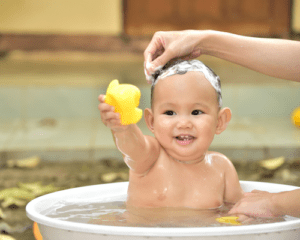
Treating Cradle Cap with OTC Medications or Antibiotics
OTC medications such as coal tar, corticosteroids and tar shampoos are the most common treatment options for severe cradle cap. These treatments will not cure the condition but they can reduce the severity of symptoms.
OTC treatments are generally safe for use in children and do not have any significant side effects when used as directed. However, these treatments can cause skin irritation and scalp itchiness which is why it is important to identify other causes of itching before using these treatments.
Antibiotics are recommended for more severe cases of cradle cap in children such as those accompanied by fever or pus-like discharge from the lesions on the scalp. They are also recommended if there is a risk of infection from scratching at the lesions on the scalp or if there is no response to OTC treatment after two weeks.
Cradle Cap is normal
If your baby develops cradle cap, do not worry; it’s very common and affects around 10% of infants aged between three weeks and twelve months.
Cradle cap will most likely disappear on its own and cause little to no irritation. In the rare cases that it causes moderate discomfort and does not go away, please speak to a trusted medical professional before attempting to treat it yourself.

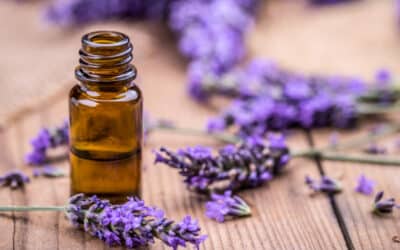
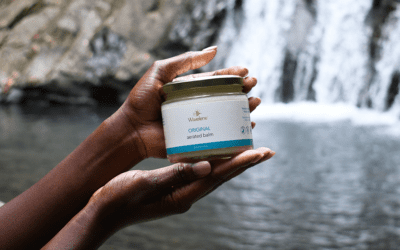


Thank you very much for sharing, I learned a lot from your article. Very cool. Thanks. nimabi